Installation Method for Various Types of Targets
The target to which a vibration motor is installed requires the strength to prevent mechanical resonance and an antivibration device to apply vibration to the target area only. Except for hoppers initially designed for forced vibration, a general method is to reinforce the channel by welding it and then installing a vibration motor.
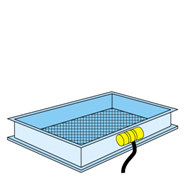
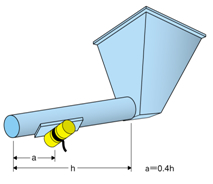
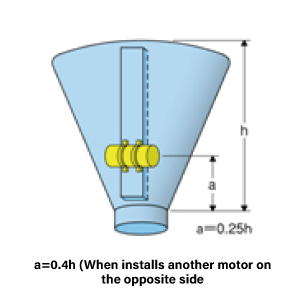
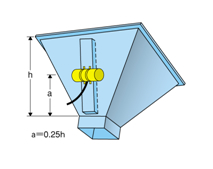
Bottom-slope Shaped Hopper
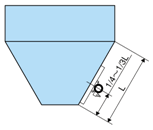
Position: Bolt the vibration motor at a position one-quarter of the distance up the sloped side away from the discharge opening of the hopper.
Install the vibration motor directly on the steel vibration plate by tightening the bolts.
Number of vibration motors: One.
If the contents are difficult to deal with, install a large vibration motor.
Installation: A steel vibration plate for installation of vibration motor to inner surface of hopper is required.
A flat steel plate is suitable.
Fix the plate by placing it on the horizontal rib and laying a continuous weld.
Concrete Hopper
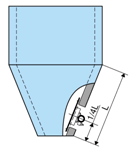
Position: Bolt the vibration motor at a position one-quarter to one-third of the distance up the sloped side away from the discharge opening of the hopper.
Number of vibration motors: One is sufficient, but if the contents are difficult to deal with, install two or more vibration motors.
A large vibration motor is required because an additional load is applied to the upper part.
Install (weld) it at the angle of the sloped part to the maximum area.
Special Hopper

For a very tall hopper, install the vibration motors helically as shown in the figure.